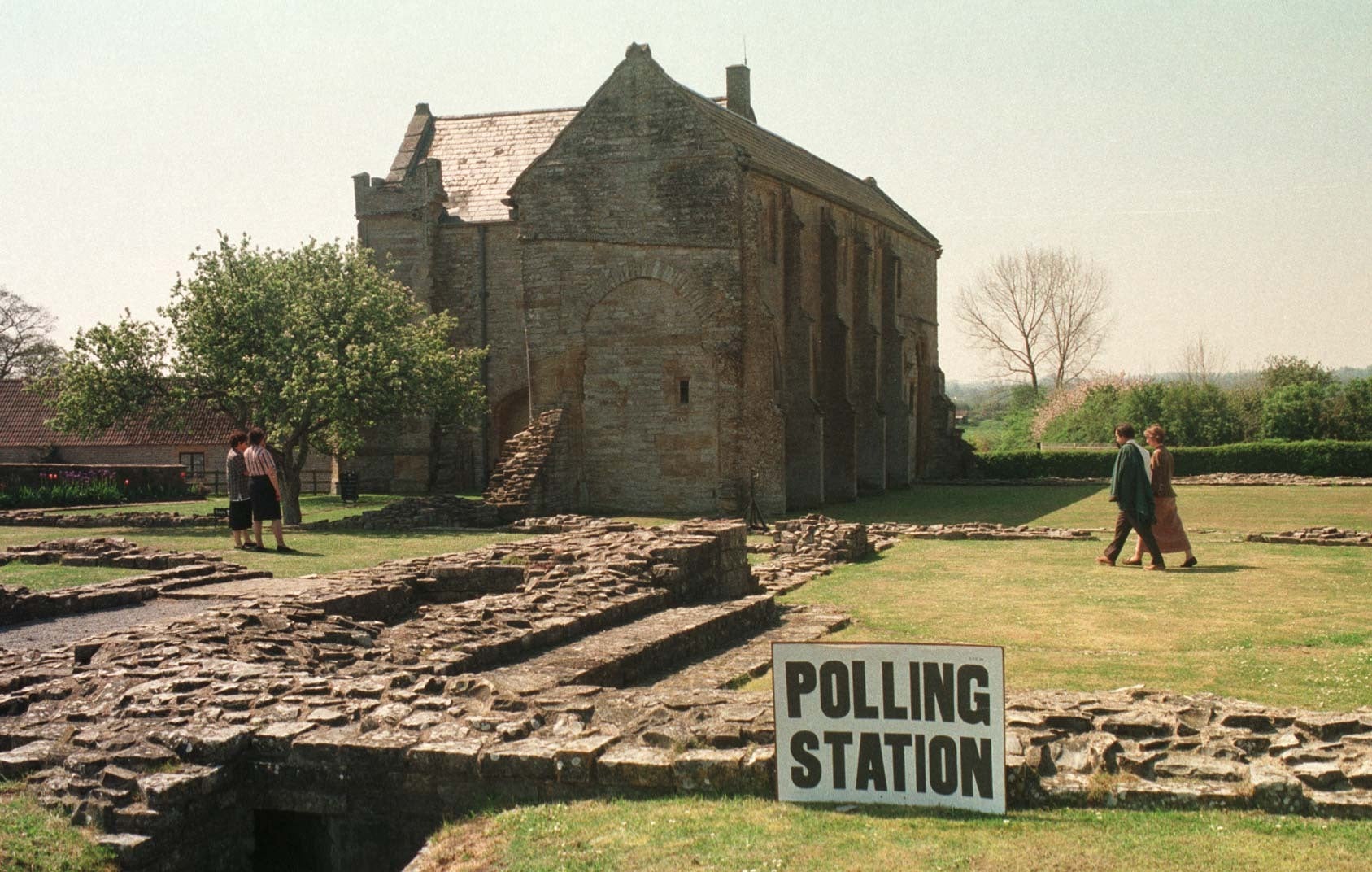Meat-rich diet of 14th-century monks caused digestive issues including constipation and diarrhoea, study finds
A study by English Heritage found that monks at Muchelney Abbey in Somerset suffered serious health problems

Your support helps us to tell the story
From reproductive rights to climate change to Big Tech, The Independent is on the ground when the story is developing. Whether it's investigating the financials of Elon Musk's pro-Trump PAC or producing our latest documentary, 'The A Word', which shines a light on the American women fighting for reproductive rights, we know how important it is to parse out the facts from the messaging.
At such a critical moment in US history, we need reporters on the ground. Your donation allows us to keep sending journalists to speak to both sides of the story.
The Independent is trusted by Americans across the entire political spectrum. And unlike many other quality news outlets, we choose not to lock Americans out of our reporting and analysis with paywalls. We believe quality journalism should be available to everyone, paid for by those who can afford it.
Your support makes all the difference.The meat-rich diet of 14th-century monks may have caused digestive issues including constipation and diarrhoea, new research suggests.
A study by English Heritage found that monks at Muchelney Abbey in Somerset suffered "serious health problems" as a result of their unbalanced and calorie-rich diet.
The monks' unique diet is thought to be the consequence of a change in papal law in 1336, allowing monks to consume meat twice a week as long as it was not eaten in the refectory.
“Basically monks were slaves to their bowels. They often had serious health problems because of their diet and digestion”, says English Heritage historian Michael Carter.
While undertaking the research, Carter also discovered a large room off the main refectory which appears to exist solely for the consumption of meat.
Elsewhere in the Abbey, monks also had access to one of Europe’s largest toilet blocks, which could accommodate up to 40 monks on a bench.
Carter also came across what appears to be a guide to monastic healthy eating from annotations in the abbey's breviary, a holy service book.
The guidance says that a balanced meal might be "white, well-leavened" or sourdough bread, ale flavoured with herbs and eels, which were a staple of the Muchelney diet.
For monks suffering from constipation, the guidance also suggests a laxative recipe featuring various fruit extracts, while another urges the patient to take a small piece of soap and put it in their "fundamewnt" before resting in bed.
Carter said he would not try the recipe, but added: “I wouldn’t be surprised if they were highly effective”.
“I do think there is something about monastic latrines,” he said. “People have this idea of people in the middle ages being filthy and not caring about human waste, but when you look in to it you discover that is far from the case.
“They developed sophisticated architecture and plumbing. It is fascinating stuff.”
Carter said his interest in monks and their digestion was sparked by a visit to Kirkstall Abbey on the outskirts of Leeds and seeing the surviving latrines. “I remember being fascinated by the idea of it being a 900-year-old monastic toilet block,” he said.
Join our commenting forum
Join thought-provoking conversations, follow other Independent readers and see their replies
Comments